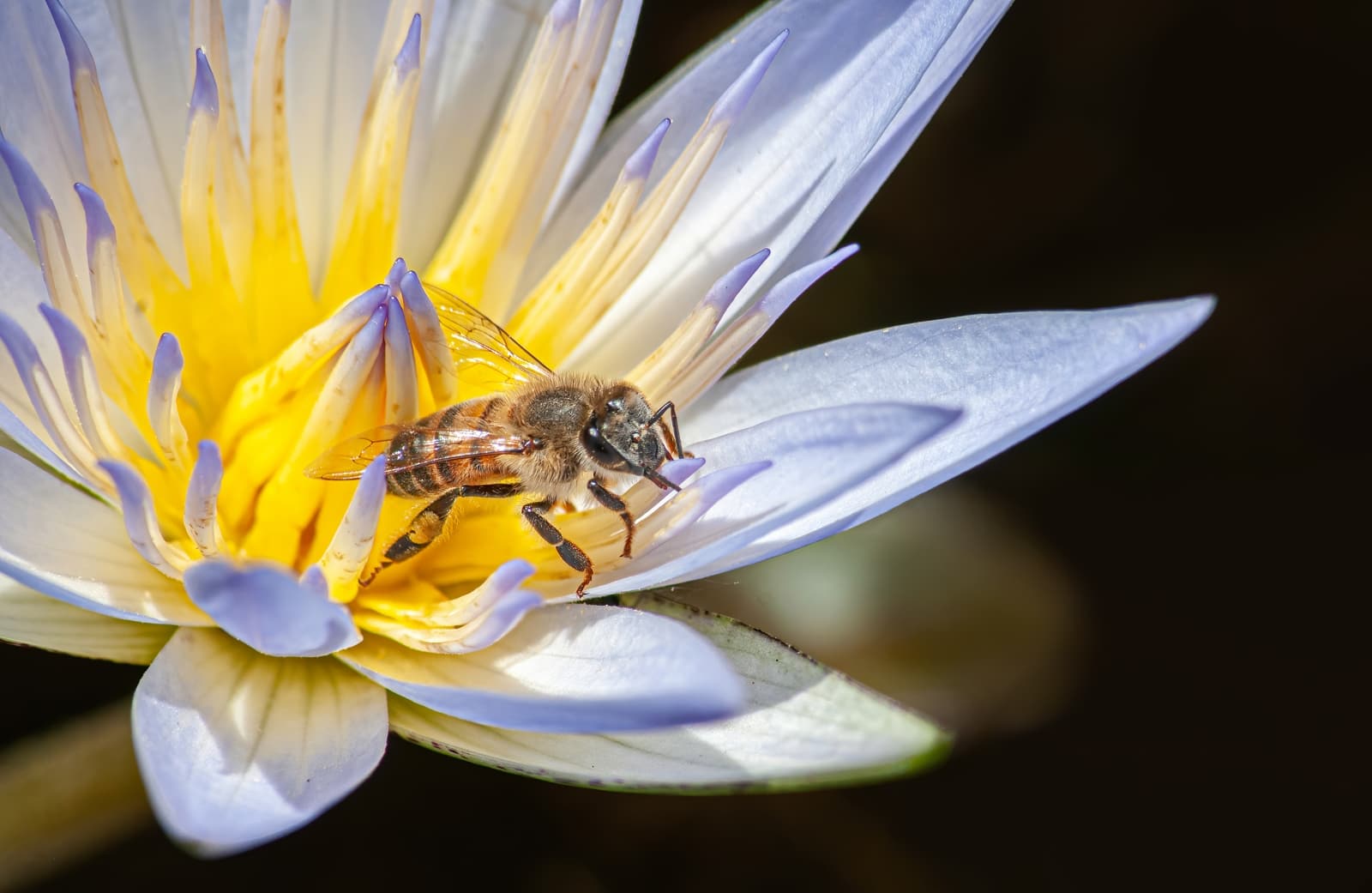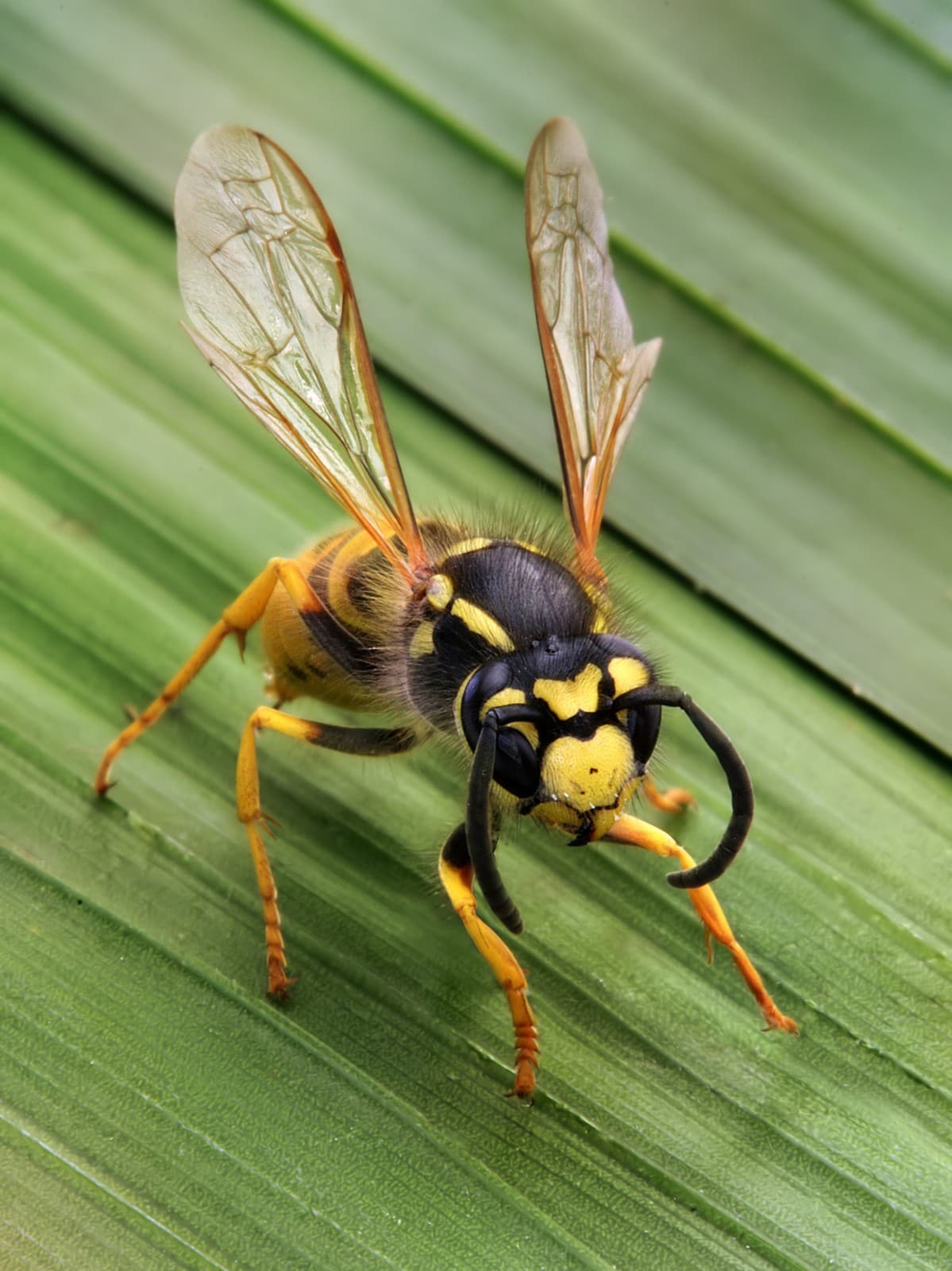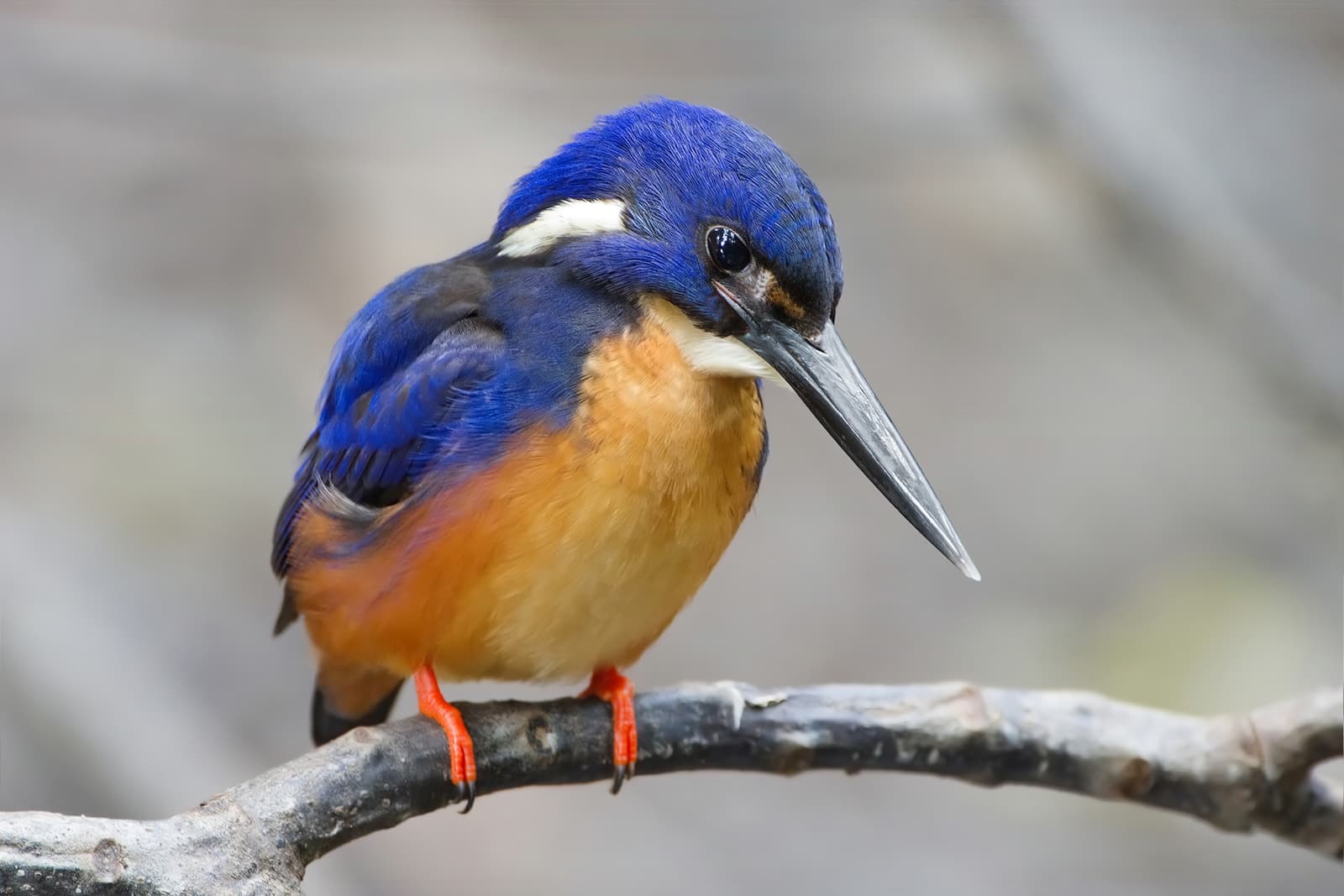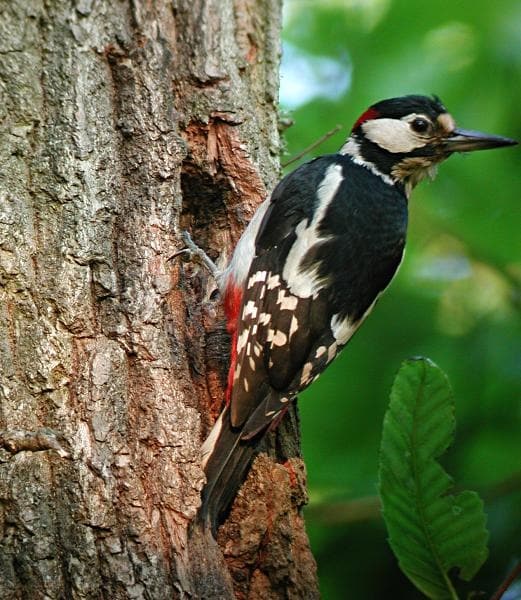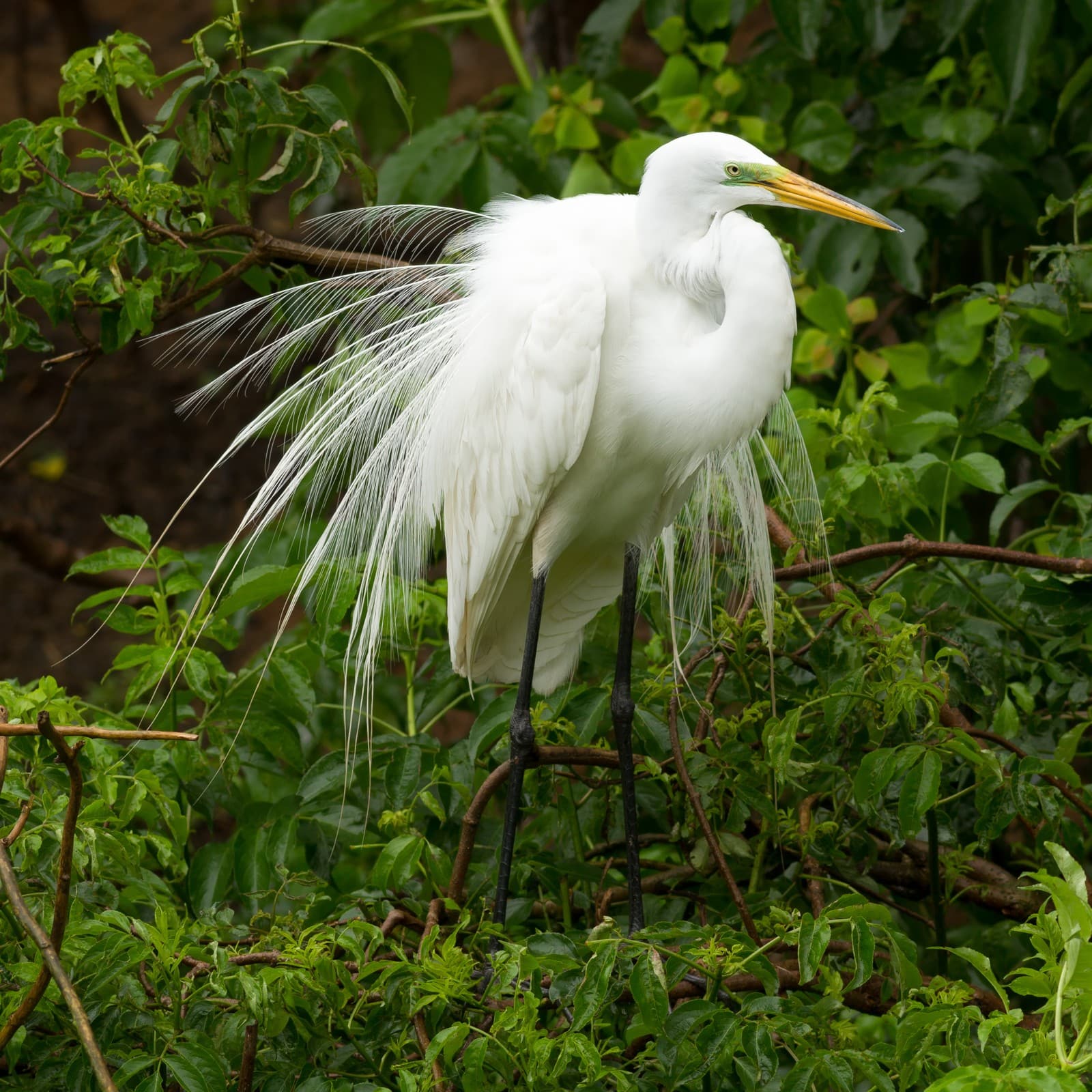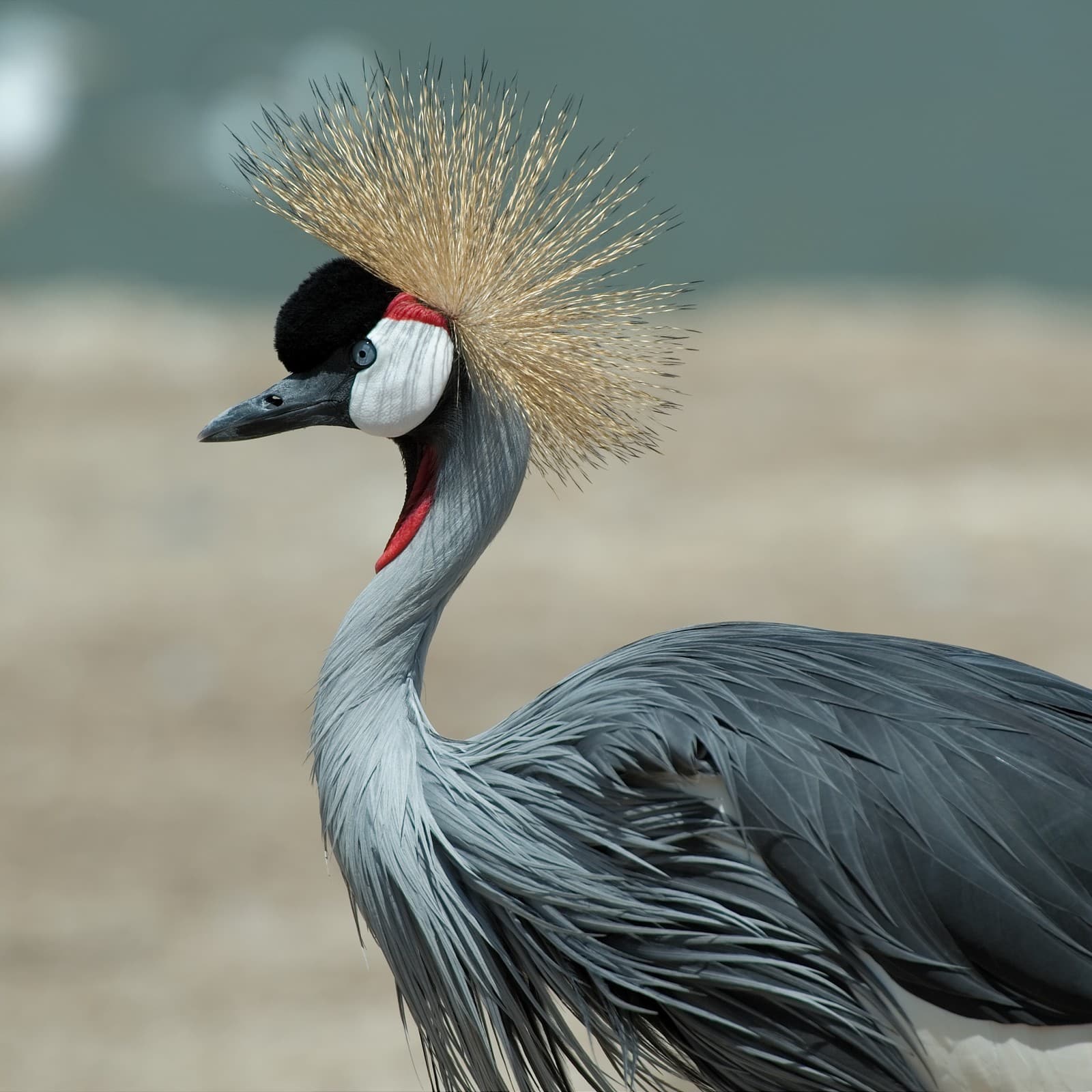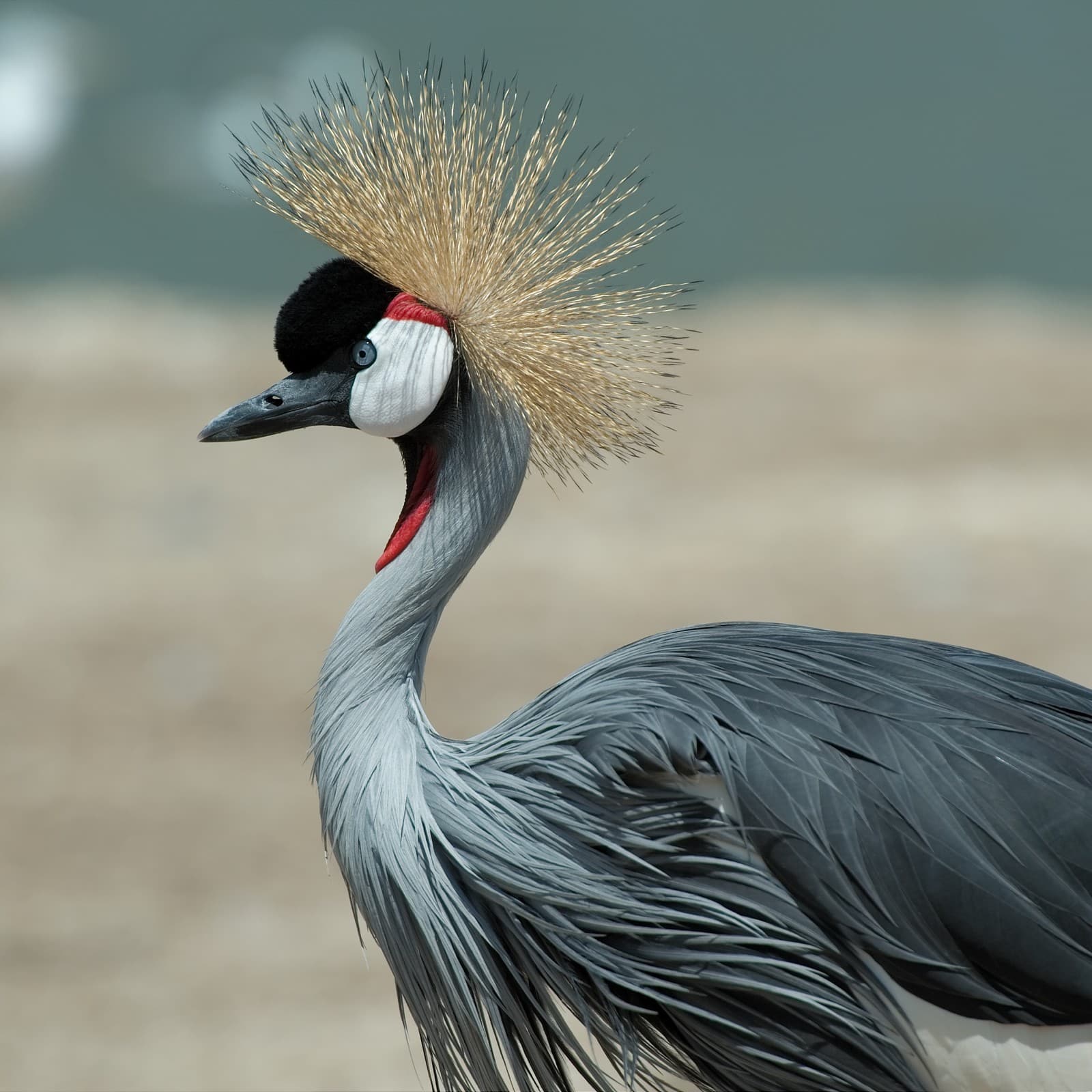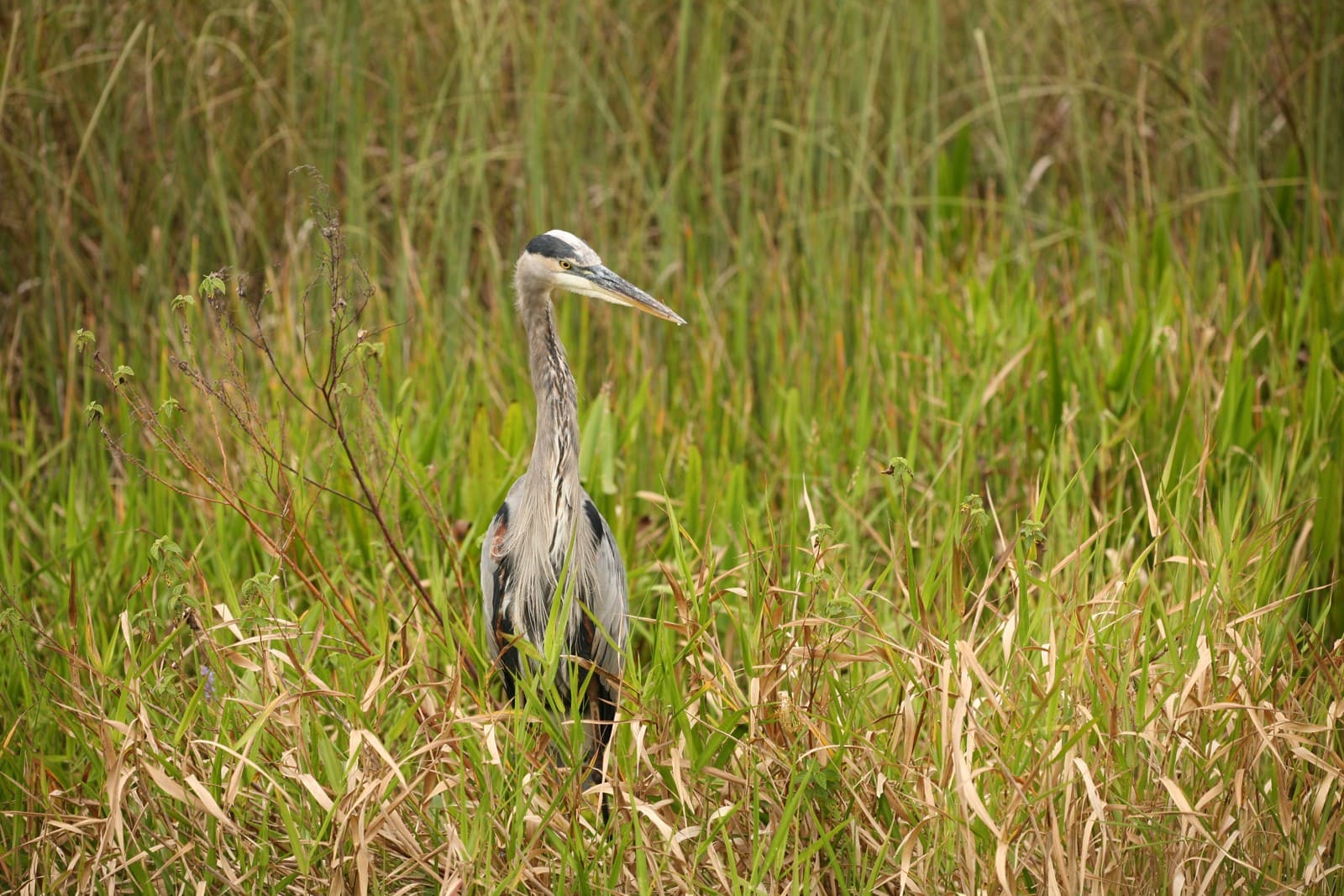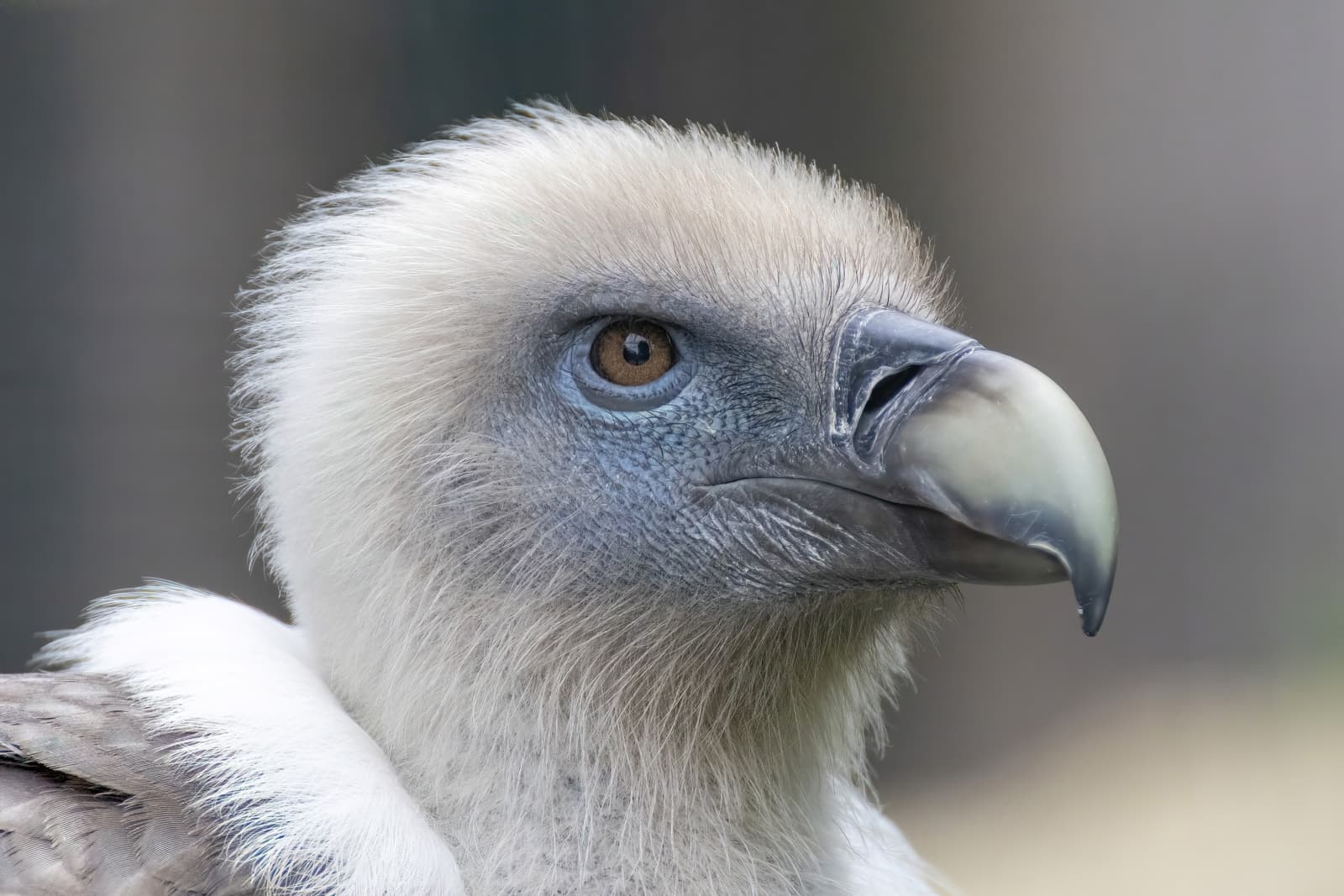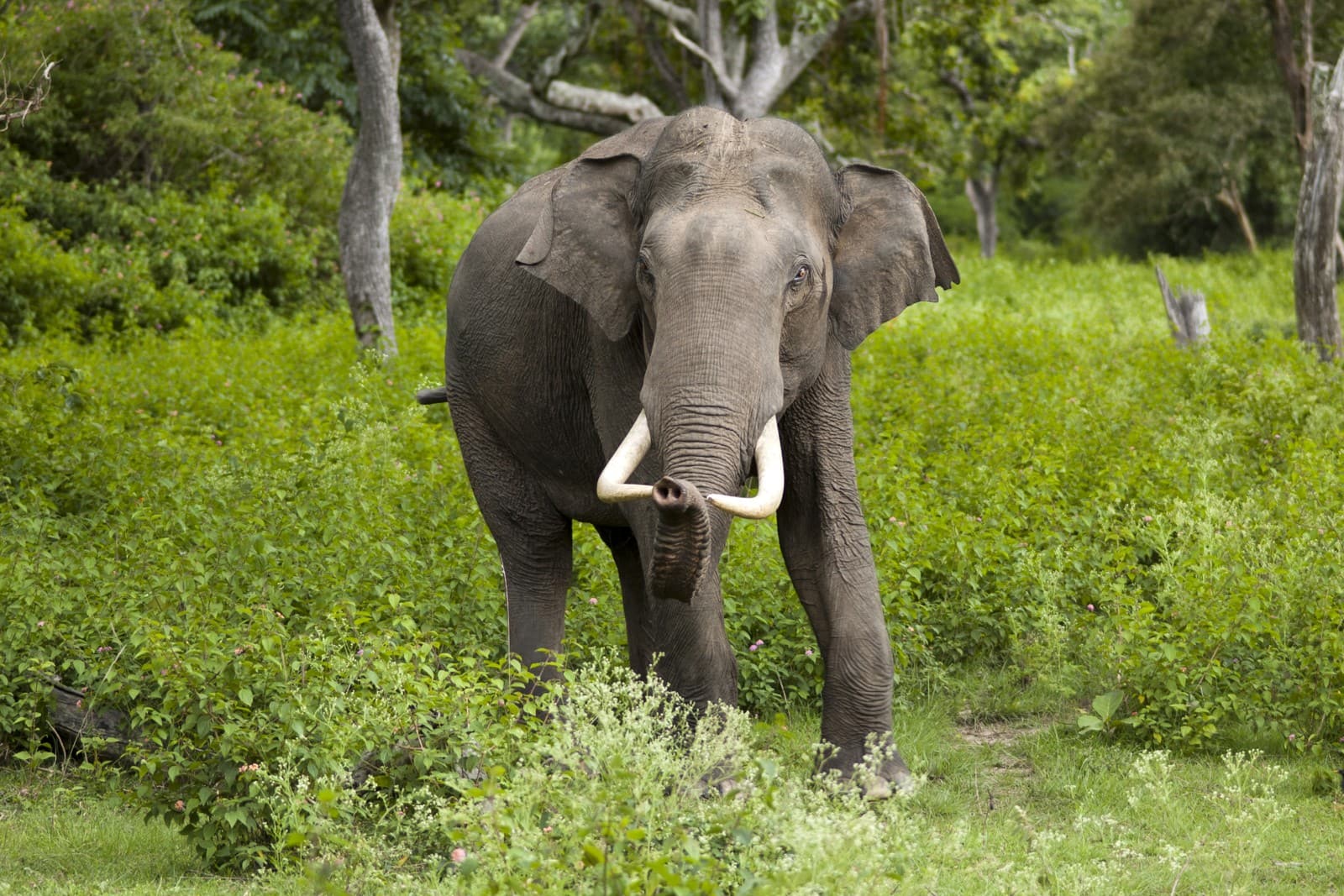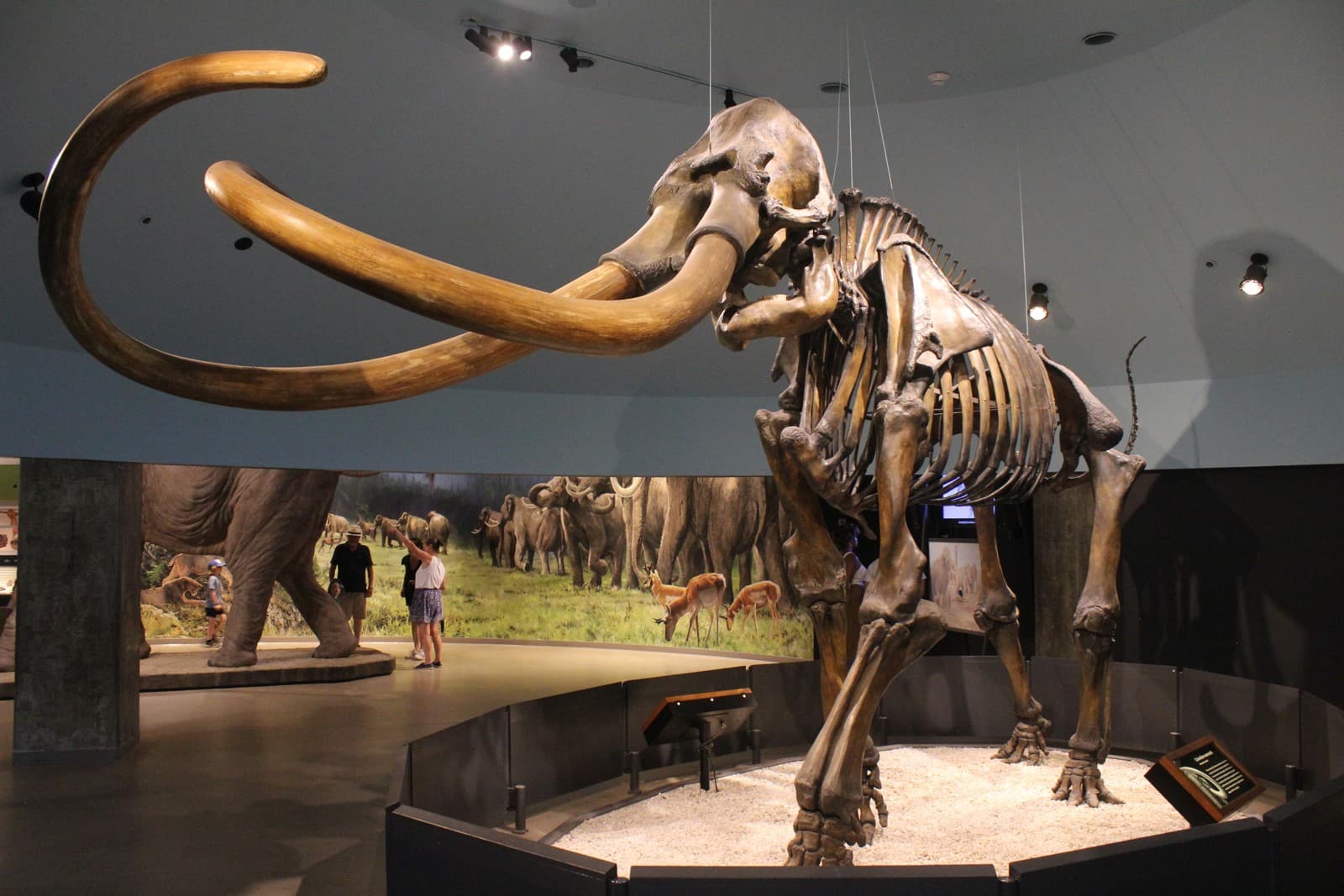Hornet vs Wasp: A Complete Comparison
When comparing hornets vs wasps, it’s crucial to understand that hornets are actually a subset of wasps, specifically belonging to the genus Vespa. However, these formidable insects possess distinct characteristics that set them apart from their smaller wasp cousins. The most notable difference is size – hornets typically measure 1.25-1.5 inches (31-38mm) in length, while common wasps average 0.5-0.75 inches (12-19mm).
These fascinating insects play different yet essential roles in our ecosystem. Hornets are primarily predatory, helping control pest populations, while wasps serve as both predators and pollinators. Understanding their distinctions isn’t just academic – it’s crucial for safety and ecological awareness.
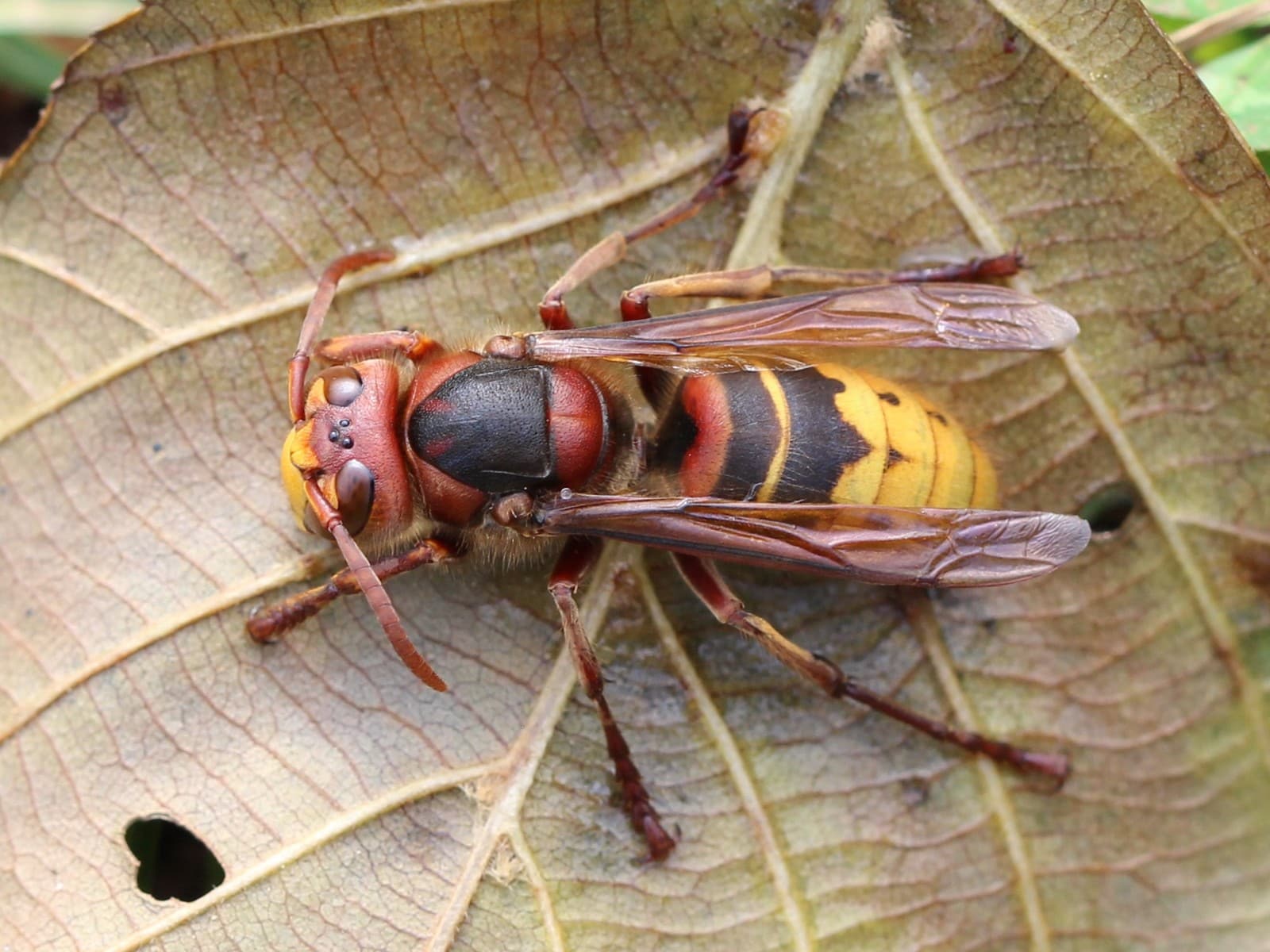
© AfroBrazilian / CC BY-SA 4.0
The Asian Giant Hornet, pictured above, represents the largest of all hornet species, showcasing the characteristic robust build and distinctive coloring that separates hornets from typical wasps. Note the reddish-brown coloration and substantial size – key identifiers in the hornet vs wasp comparison.
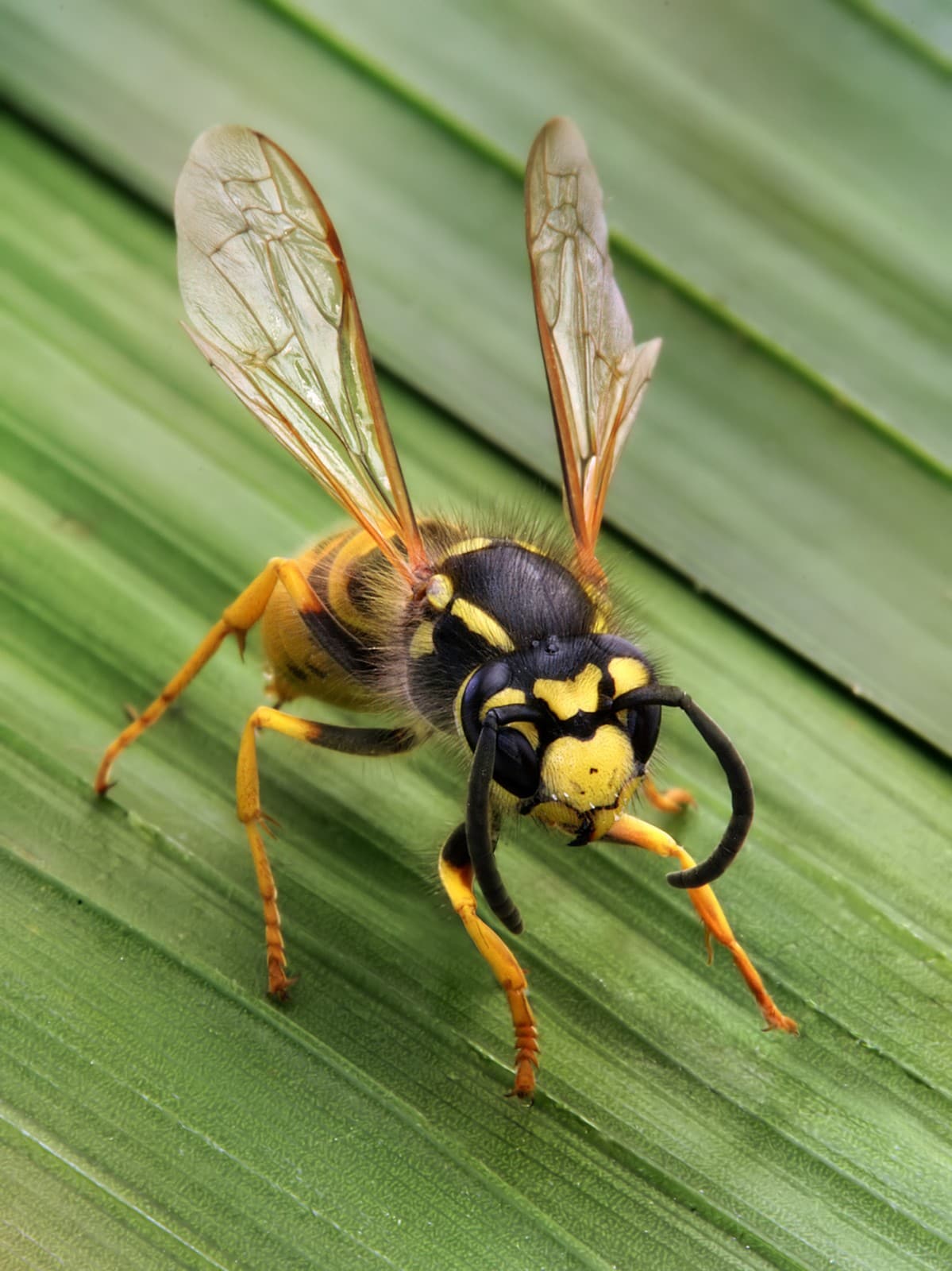
© Richard Bartz, Munich aka Makro Freak / CC BY-SA 2.5
This European paper wasp exemplifies typical wasp characteristics – the slender body, bright yellow and black warning colors, and more delicate build compared to hornets. These features make it an excellent reference point for wasp identification.
Key Differences Between Hornets and Wasps
| Feature | Hornet | Wasp |
|---|---|---|
| Size | 1.25-1.5 inches (31-38mm) | 0.5-0.75 inches (12-19mm) |
| Body Build | Robust and rounded | Slender and elongated |
| Coloration | Reddish-brown and yellow | Bright black and yellow |
| Nest Size | Basketball-sized or larger | Usually smaller, fist-sized |
| Aggression Level | Generally less aggressive | More aggressive, especially near food |
| Sting Pain | More painful (2.0-3.0 Schmidt Pain Index) | Less painful (1.0-2.0 Schmidt Pain Index) |
Behavior and Habitat Differences
Hornets and wasps exhibit distinct behavioral patterns that help in identification. Hornets are primarily nocturnal hunters, while wasps are diurnal. Hornets construct large, enclosed nests typically high in trees or building eaves, often reaching sizes of 14 inches (36cm) in diameter. Wasps, particularly paper wasps, build smaller, open-comb nests in more varied locations.
Sting Comparison and Safety
While both insects can deliver painful stings, hornet stings typically cause more severe reactions due to their larger venom sacs and longer stingers. Hornet venom contains a higher concentration of acetylcholine, making their stings more painful and potentially dangerous. However, contrary to popular belief, hornets are generally less aggressive than wasps when away from their nests.
Ecological Role and Benefits
Both insects serve crucial ecological functions:
- Hornets primarily control pest populations, especially caterpillars and larger insects
- Wasps are both predators and pollinators, helping with garden pest control and plant reproduction
- Both species contribute to maintaining ecological balance in their habitats
Who Would Win: Hornet vs Wasp Combat Analysis
In direct confrontation, hornets generally dominate due to:
- Superior size (2-3 times larger than typical wasps)
- Stronger mandibles capable of crushing prey
- Larger venom reserves
- Thicker exoskeleton providing better defense
However, wasps compensate through:
- Greater agility and maneuverability
- Ability to mobilize larger numbers quickly
- More aggressive defensive behavior
Identification and Prevention Tips
To distinguish between hornets and wasps, observe:
- Body size and shape
- Coloration patterns
- Nest structure and location
- Flight patterns and activity times
For prevention:
- Seal potential entry points around buildings
- Remove attractive food sources
- Maintain clean outdoor eating areas
- Consider professional removal for established nests
Remember: While both insects can be intimidating, they rarely sting unless threatened or defending their nest. Understanding their behavior and respecting their space is key to peaceful coexistence with these important ecological contributors.
